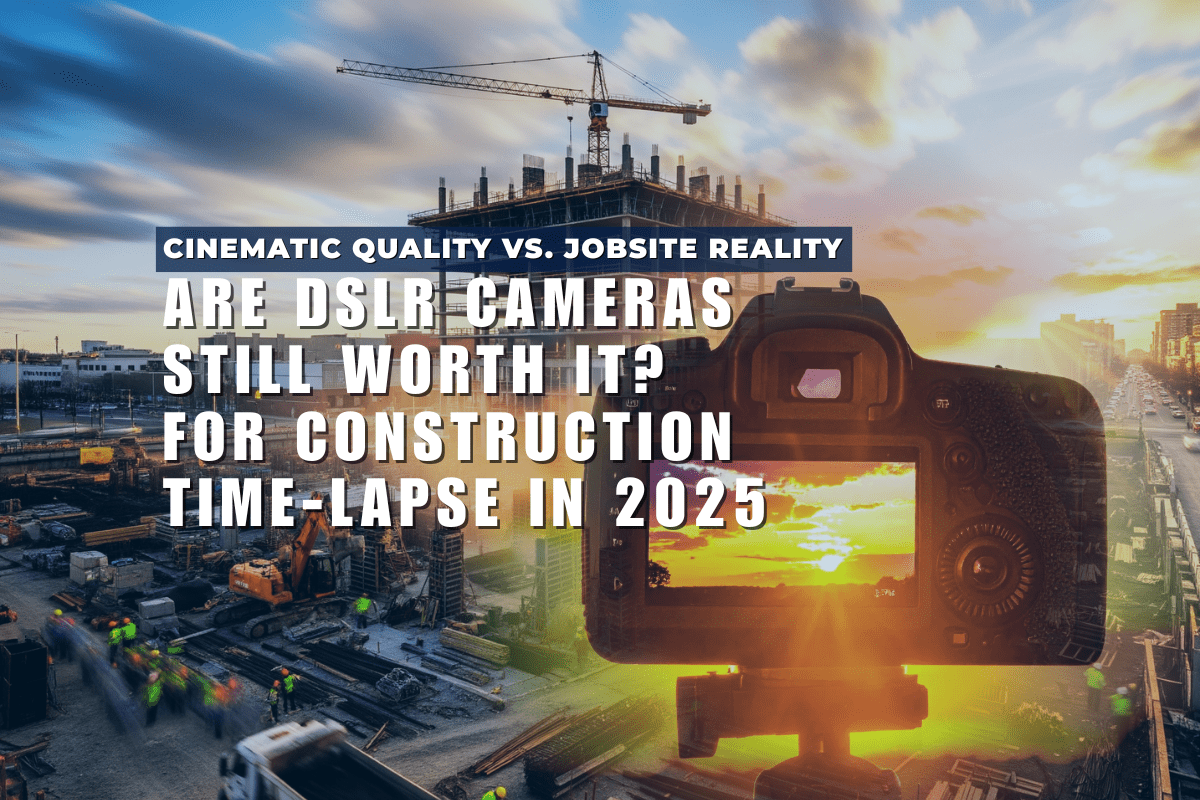The best materials and methods can go a long way in construction. One of the most effective methods to save time, money, and even to make buildings safer involves precast concrete. In this Onsite Insights article, we speak with Chad Van Kampen, Manager of Pre-Construction at Fabcon. With Chad having over 25 years of experience in the precast concrete world and in company collaborations with the Pre-Stressed Concrete Institute—aka PCI” with“Precast/Prestressed Concrete Institute (PCI)—he shares some very important methods and benefits of precast concrete every construction professional should be aware of.

Meet Chad Van Kampen: Precast Expert
Van Kampen has spent more than 25 years working with precast concrete.He is a specialist in the field and has been involved with a great number of major projects, including several award-winning ones. Work with thePre-Stressed Concrete Institute” with “PCI” gave Chad great insight into precast construction and how such a method can enhance one or another building project. Today, Chad is going to share what he learned about precast concrete and how it can help you on your job site.
Key Precast Concrete Methods You Need to Know
Chad discusses some key methods that really show why precast concrete is so useful in construction. First among these are tilt-up construction. This involves casting large concrete panels on the ground and then lifting them into place. “Tilt-up speeds up the process and saves a lot of time and money,” Chad says. Chad also describes how precast concrete can often be stronger, as well as more customizable, when compared with steel structures. “Precast works better in areas with earthquakes because it handles the stress better than steel,” Chad says. Precast concrete can be manufactured into virtually any shape. Accordingly, architects may implement various creative building design solutions and still maintain the building's robustness and safety.
Among others, Chad points to precast concrete's compatibility with the so-called design-build method. In that method, the process of design is combined with construction, while the precast panels speed up the construction process. “When we work closely with architects right from the start, everything moves faster and easier,” adds Chad.

Why Precast Concrete Is So Helpful
There are many benefits that come along with precast concrete, and Chad shared some of the biggest ones he's seen on his projects. First, it's great for speeding up construction. Precast panels are made off-site, so while the site is being prepared, the panels are being made. This really helps save time. “On one project in Grand Rapids, using precast saved us months,” Chad recalls.
Another big benefit is cost savings: with less on-site labor and a faster schedule, projects using precast are quite often coming in under budget. A good example is that the pool complex in Michigan allowed the client to save enough money to upgrade other parts of the project. Precast concrete is also very strong and durable in harsh weather, even in areas with earthquakes. Plus, it can be finished to look nice while still being very robust.
Meeting Challenges with Precast Concrete
Transitioning from traditional building materials—wood or steel—to precast concrete can seem intimidating. One perception among some contractors is that precast is hard to install. However, as Chad says, typically, it's just a matter of having the precast engineers involved early in the building process. “The project goes a lot smoother when we're working with the design team from the outset,” he says. Training is also a key point for Chad: “We spend time training crews on how to work with precast, and when they understand the benefits, they get eager to use it.”
Future Trends in Precast Concrete
Looking ahead, two new materials get Chad excited about even greater precast concrete: Fiber Reinforced Polymer (FRP) and Ultra-High Performance Concrete (UHPC). These extremely lightweight yet incredibly strong materials are extending design options for architects. “FRP is a game-changer because it lets us make thinner panels without losing strength,” Chad says. Equally impressive, UHPC is also making waves with its super-strong yet lightweight properties. Both items are pushing the boundaries of what is possible in construction.
Conclusion: Why You Should Care About Precast Concrete
Precast concrete is revolutionizing the way we build. It's quicker, more affordable, and much stronger than many other methods. As Chad pointed out, using precast concrete will help you finish projects sooner, save money, and provide a safer structure. If you're in construction, now is a good time to learn more about precast concrete and how it may be helpful to you for your next project.



